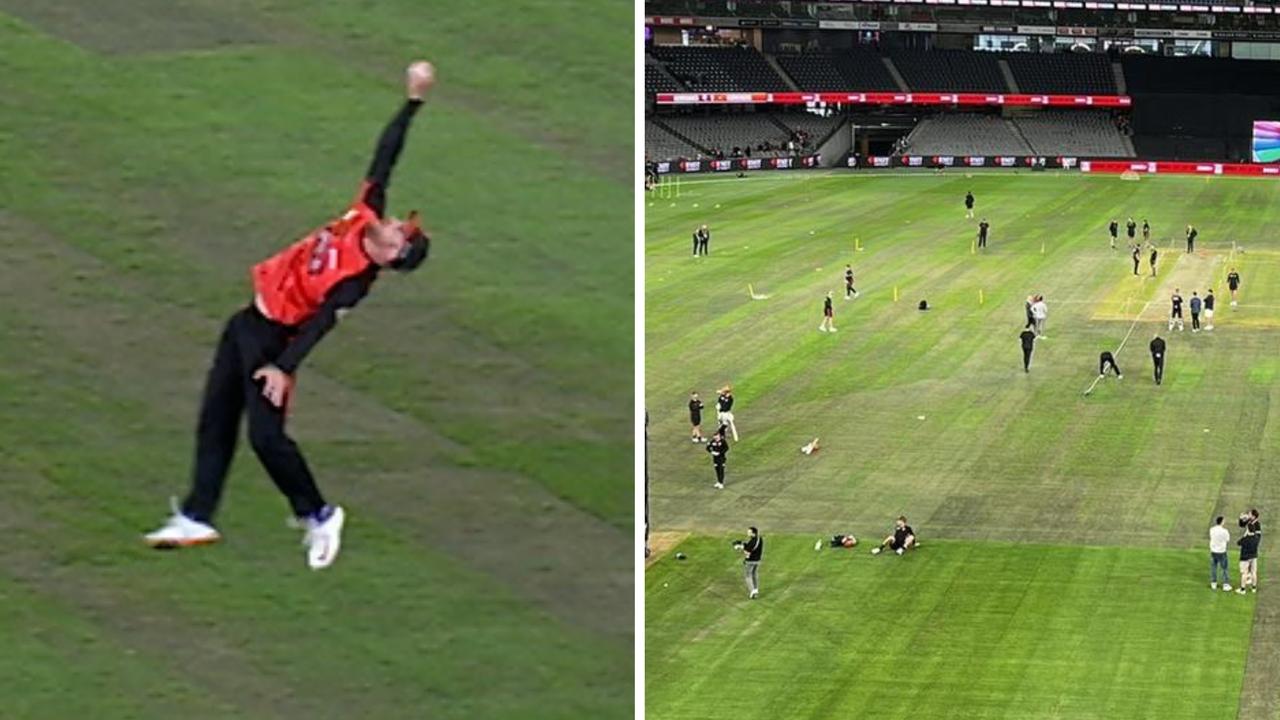‘Bumper cars on steroids’: How ‘murderball’ is taking Ryley to his sixth Paralympics

- by Admin
- August 29, 2024
Ryley Batt spent most of the first 12 years of his life getting around his hometown of Port Macquarie on a skateboard.
He was born with a limb condition that left him with no legs and only a few fingers on each hand.
“I just wanted to be a normal boy and I didn’t want to jump in a wheelchair because, in my eyes, I thought wheelchairs were for disabled people,” Batt said.
All that changed when a wheelchair rugby program came to his high school.
“I just had to overcome that obstacle of being in a wheelchair and being seen and accepting that disability,” he said.
“It has been the best thing that has ever happened to me, jumping into a wheelchair and finding the sport.”
Ryley Batt and the Steelers come into the Paralympics fresh off winning the Wheelchair Rugby World Cup. (Supplied: Paralympics Australia/Megumi Masuda)
Twenty-three years later, Batt is preparing to compete in his sixth Paralympic Games, with the Australian Steelers set to take on Great Britain in their opening match.
Wheelchair rugby, originally known as murderball, is played on a hardwood court with teams of four having to pass or dribble the ball every 10 seconds.
It is a sport known for its physical contact, with tackles often completed by competitors colliding.
“It’s the only sport where it is encouraged to knock other people out of wheelchairs … It’s like bumper cars on steroids,” Batt said.
He hopes coverage of the sport will inspire both able-bodied and disabled children to not feel the same hesitancy he did as a child towards wheelchairs.
“There were obviously amazing Paralympic athletes but we didn’t get to see them on TV,” he said.
“It is great we live in a time where the Paralympics have grown so much.
“We are not only motivating kids with disabilities but also kids who are able-bodied, and that is what it is all about, that next generation.”
Finding meaning in recovery
Growing up as a talented swimmer, Emilie Miller dreamed of becoming the next Ian Thorpe and winning gold for Australia at the Olympics.
Emilie Miller made her debut for the Steelers in 2021, 17 years after becoming a quadriplegic. (Supplied: Paralympics Australia)
Hailing from the NSW Central West city of Bathurst, she was soon competing in national junior competitions.
But all that changed when she broke her neck during a training accident in the pool as a 12-year-old.
“I slipped as I dove in which meant I hit my head on the bottom of the pool, breaking my neck and leaving me a C5 and C6 quadriplegic,” Miller said.
An injury to the C5 and C6 vertebrae can be fatal and usually results in some form of paralysis to an individual’s legs, hands and wrists.
Bathurst’s Emilie Miller has won multiple World Cups with the Steelers since joining the team. (Supplied: Paralympics Australia)
The incident left Miller in a wheelchair, but she quickly turned her attention back to the pool and other para-sports to assist her recovery.
“Returning to sport was about having some purpose behind my rehab and giving me some more social interaction around training,” she said.
“Rather than just being in a gym by myself or being in a rehab facility which was quite often [with] older people who had had strokes… It made it more meaningful and purposeful in my life.”
Dream come true
Seventeen years later, Miller is preparing to make her Paralympic debut for the Australian wheelchair rugby side.
Emilie Miller (middle) started her sporting career as a swimmer before she was injured in a diving accident. (Supplied: Australian Paralympic Committee )
Miller said being selected was the culmination of years of hard work.
“It was very overwhelming,” she said.
“It has been a dream of mine for a long time, so to finally get that tick of approval … It was the best day ever.
“When I had my accident I returned to para-sport really quickly, so for me it was a natural progression to switch that focus from Olympic dream to Paralympic dream.”
It has been a whirlwind journey for Miller, who only took up the sport three years ago after winning multiple world championships in hand cycling in 2018 and 2019.
The Latest News
-
December 25, 2024‘Stops riots outside the Members Stand’: Aussie skipper backs cult hero for big MCG return
-
December 25, 2024Sam Konstas is the right player at the right time for Australia. Here’s why
-
December 25, 2024Christmas at the ‘G! Aussie stars and family lap up big day
-
December 25, 2024‘They’re the idiots who picked me’: Aussie skipper’s hilarious message to relieve pressure on new opening sensation
-
December 25, 2024Boxing Day NFL on Netflix: What time is Mariah Carey performing in Australia? | Sporting News Australia



